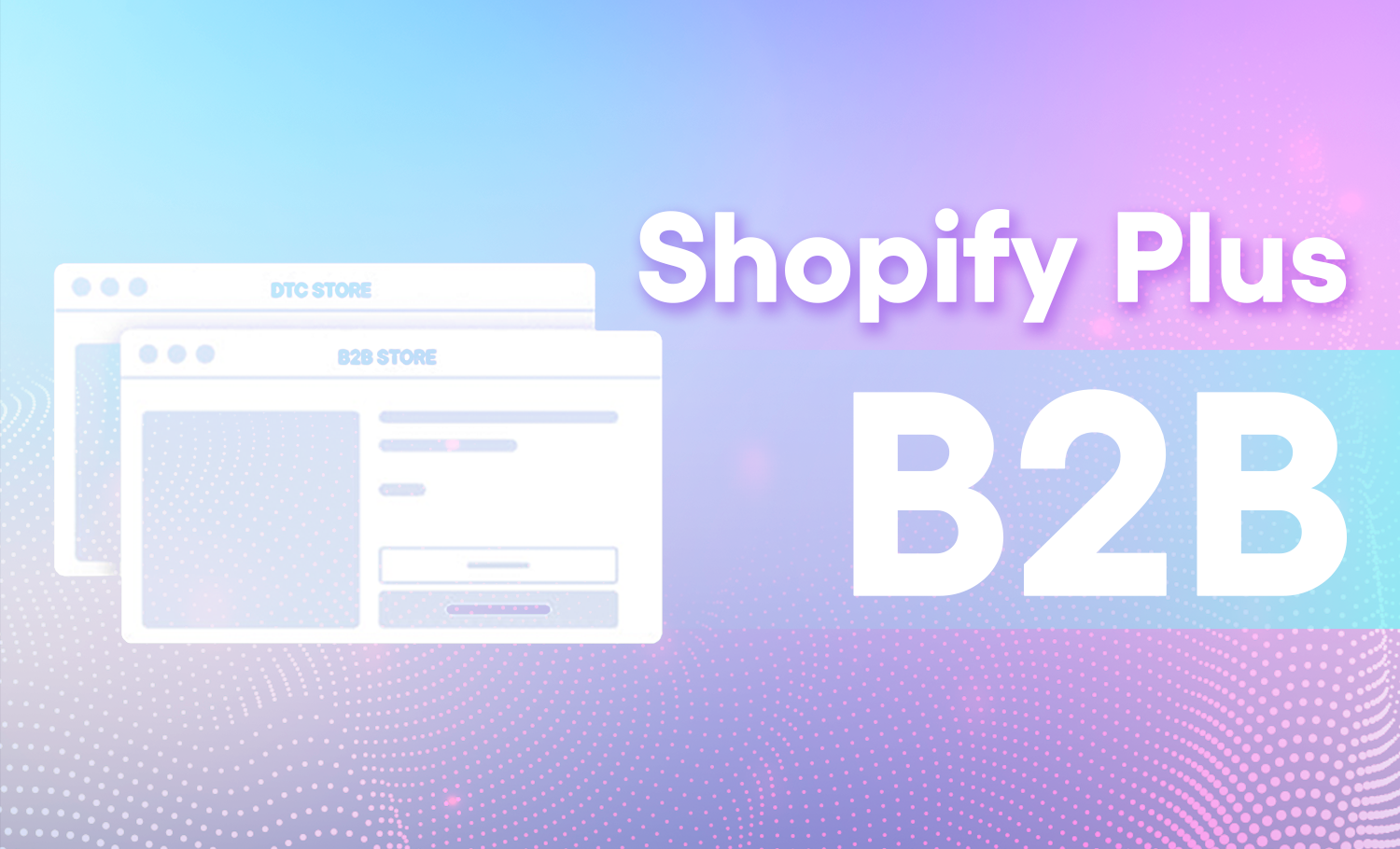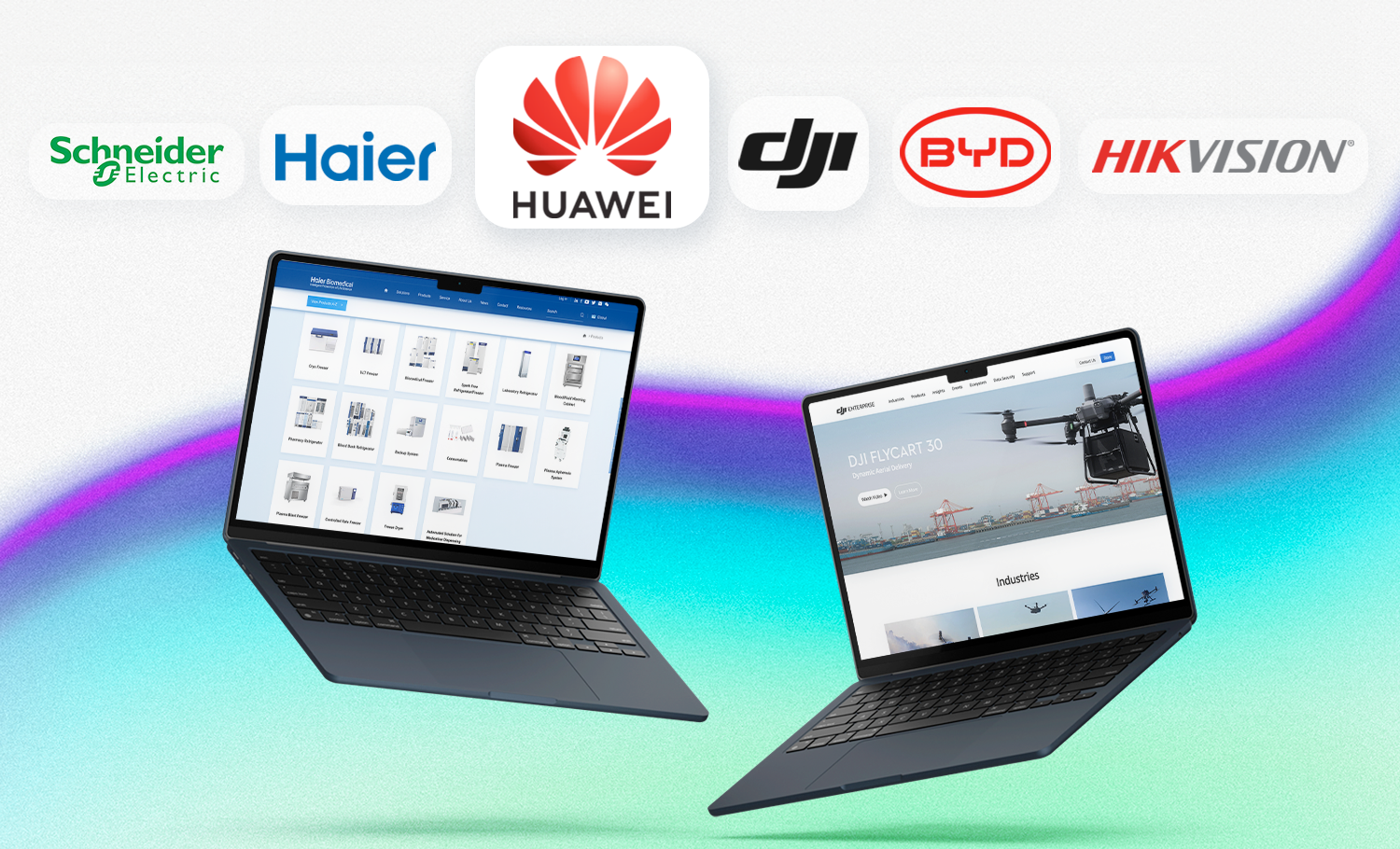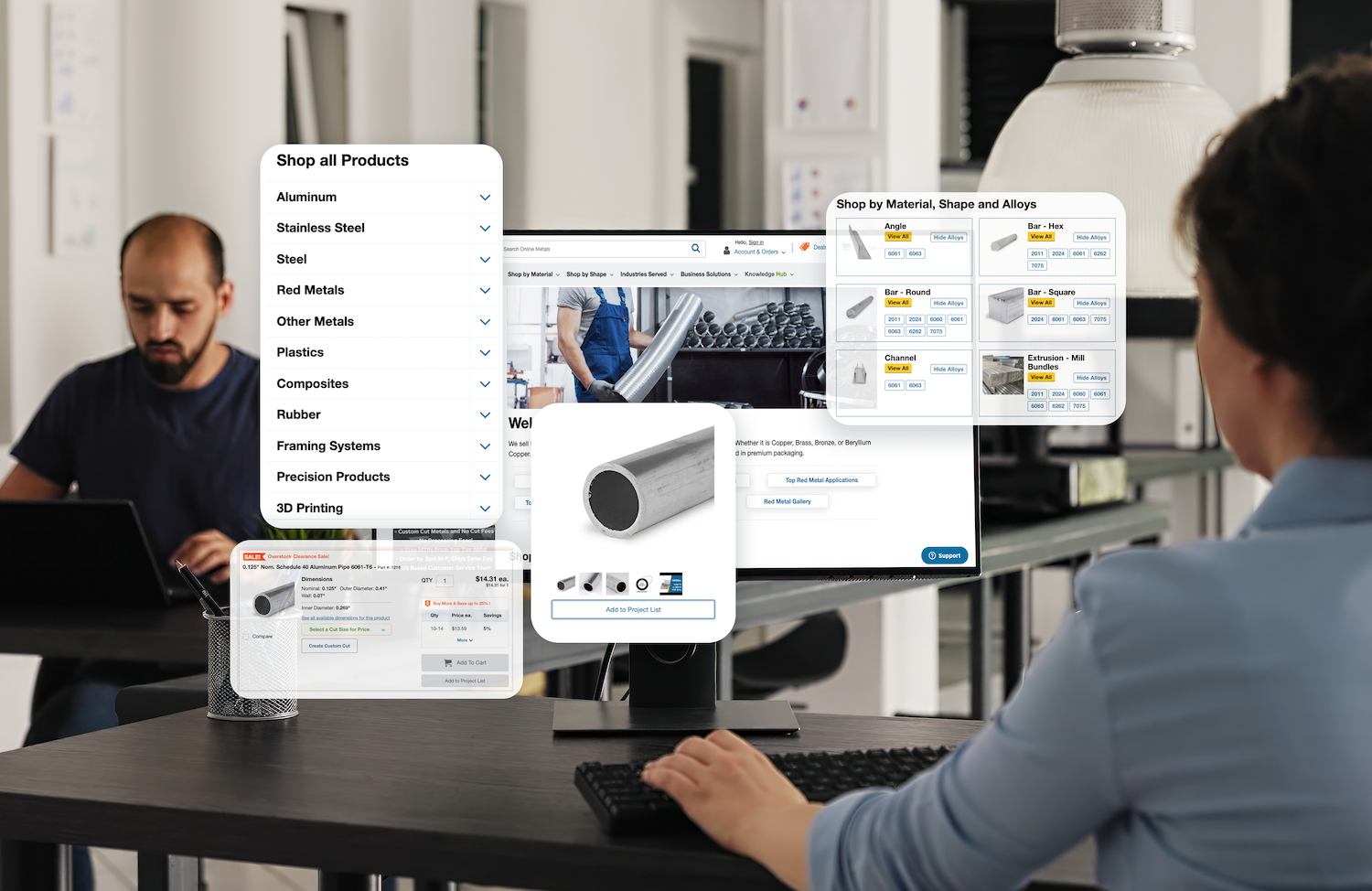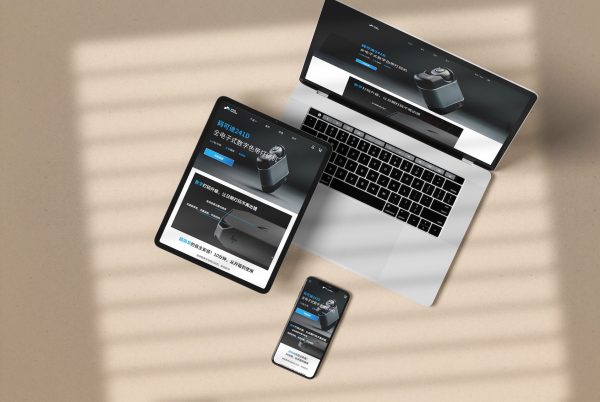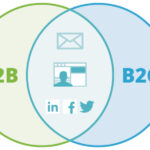Today, many manufacturers consider setting up a B2B eCommerce website to be a vital part of the digital transformation process, and so B2B eCommerce web development has quickly become a hot topic. In the last B2B article, we mentioned that 78% of B2B multinationals engage in online sales, and most of the remainder that have yet to dip their toes into digital eCommerce are now planning to start B2B eCommerce development.
It is important when developing B2B eCommerce to become intimately familiar with the shopping habits and expectations of online users, and optimize the user experience to their liking. Users need to be able to find the products and information they are looking for quickly and easily, or they will turn to a competitor that enables them to do so. A complete suite of B2B functions and intelligent, prominent display of the most relevant products can reduce the amount of phone and email correspondence, reduce complaints and returns, and so reduce total operating costs.
Thinking of choosing Adobe Commerce (Magento) for your eCommerce project? Check out our 2025 Buyer's Guide for Magento (Adobe Commerce): Costs, Features & AlternativesWe cover the ins and outs of Adobe Commerce (Magento) in order to help you make the best choice for your business, exploring key functionalities, use cases, and examples of successful implementations.2024 Buyer's Guide covering costs, alternatives, and use cases!
In this article, we analyze the key functions that B2B platforms must get to grips with when developing their B2B eCommerce business. These are mostly closely tied to both user experience and customer conversion.
Optimizing the Online Experience
Site Navigation and Search
62% of B2B users expect enhanced, fully featured search capabilities. If they can’t find what they’re looking for within two minutes, they are liable to give up or turn to a competing platform. Therefore, optimizing the website directory structure from both a design and technological perspective, increasing the discoverability and searchability of website products, is essential. For examples on how to optimize website structure, you can look at the work we at TMO Group did for electronic parts brand TME.

Account Management
Users should be able to build their own organizational structures and assign permissions to different members. For example, enabling users to set up a structure where commissioners select products, and a manager approves and makes the final purchase.
Personalized Directory Management
B2B users want catalogs, products, and pricing options to be organized according to their specific requirements. Assigning user directories to specific customer groups is one way to help personalize the B2B shopping experience for users. From variable product options to tiered pricing schemes, you can in this way create a variety of combined catalogs and protocols tailored to each B2B customer.
Quick-Buy
B2B customers often know precisely what they want before even opening the web page. As such, quick-buy functionality including adding items to the shopping cart via inputting item numbers directly can help these customers skip the browsing and searching parts of the purchase process, taking them from opening the site to making their purchase in the minimum possible time.
Inventory Management
Inventory management functionality such as the ERP docking enterprise inventory system can help keep users informed of stock and inventory status, including when a previously sold-out or not-yet-sold item arrives in the seller’s supply. Stock not being up-to-date on the website is likely to result in complaints, frustration, and fewer orders.
- ERP real-time inventory updates
- Out-of-stock and restocking notifications
- Product renewal or periodic order reminders
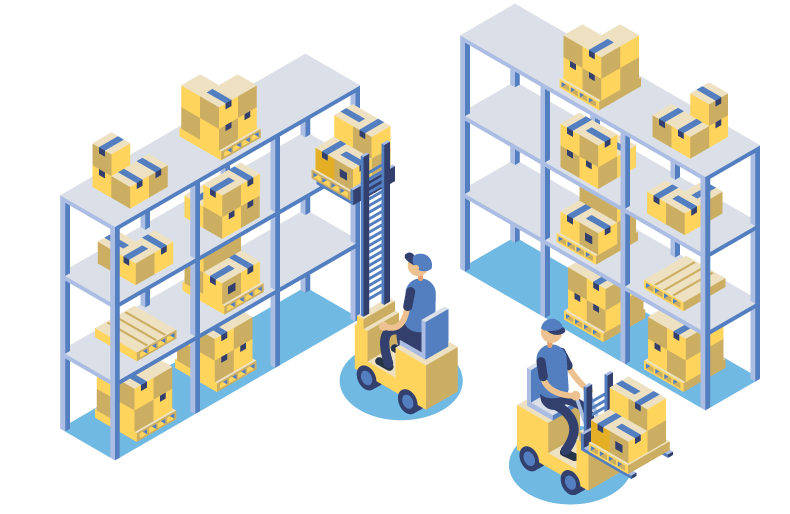
Split Delivery
This feature enables users to purchase large product volumes at increased discounts, even exceeding the quantity that can be stocked at any given time - by allowing the splitting of the delivery of the order, with different portions arriving at different dates or even locations.
Payment Options
Customers expect a full range of payment options, as which they consider most convenient or practical can differ from user to user. In the future, it is likely that eWallet payment becomes an expected norm alongside the more traditional forms such as bank transfer and card payment, as it already has in China, where both WeChat Pay and Alipay are ubiquitous.
Online Communication Tools
Online customer service with integrated online communication tools is not only a customer expectation, but also a powerful tool in the arsenal of a seller to help solve customer issues before they prevent a sale. Both automated and manual customer service can go a long way to achieving this, helping find information, check inventory, or place orders on behalf of users.
Email Marketing
An old faithful option in the marketer’s arsenal, mail marketing remains a good strategy for retaining and encouraging B2B users to make further purchases. It’s never been easier or as convenient, either - email service providers such as MailChimp, Bronto, ExactTarget, and Silverpop can be integrated into your B2B eCommerce site and allow for personalization according to the user’s website activity and order history.
Mobile-Optimization
As users becoming increasingly mobile-based, B2B eCommerce is also expected to jump aboard the mobile express train. While it’s no easy task to condense the substantial product search and detailed information pages into a format readable on small mobile phone screens, the rewards are evident - users can then browse, search for, and purchase products anywhere, at any time, quickly and conveniently on their mobiles. Anything that makes it easier for customers to reach the point of purchase is something worth investigating, and that means removing the roadblocks and inconveniences from browsing dense web-stores on their most-used electronic device. For a specific example, check out the case study on the TMO website.
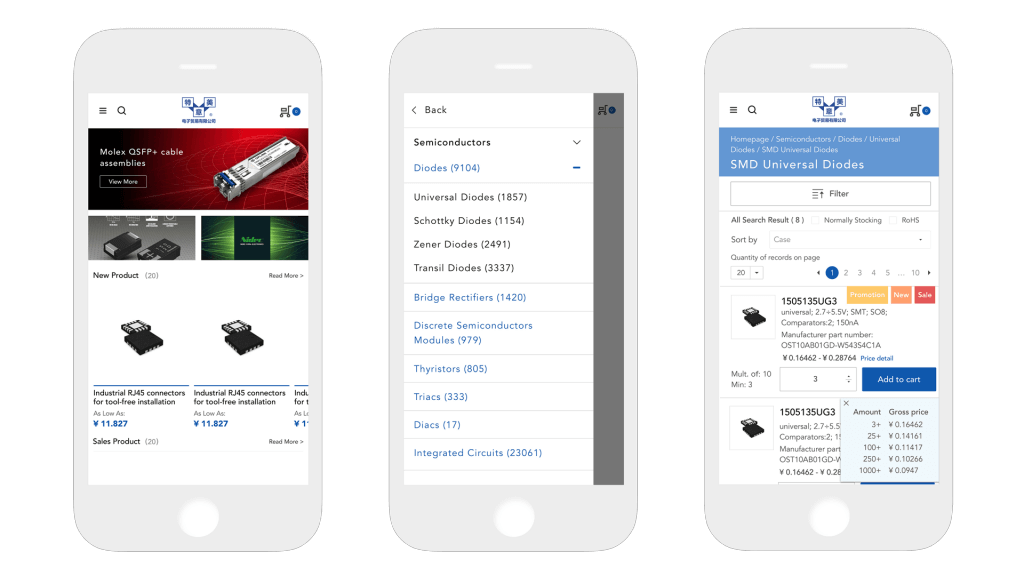
Pricing Functions
It’s a characteristic of the B2B eCommerce industry that sites are often reluctant to disclose or sometimes even discuss their pricing. B2B purchasing decisions are often made on the basis of the lowest available pricing, and so especially in industries with low revenue margins and fierce competition, sellers are particularly reluctant to openly disclose pricing or give public quotations. Therefore, it is vital to be able to offer differentiated pricing.
Gating Pricing Behind User Login
Making it so that only logged-in users can check pricing prevents casual price-snooping from non-customers. Pricing can also be hidden for specific user roles/statuses (such as non-authorized users), requiring them to submit a completed form in order to get precise pricing information.
Tiered Pricing
Offering different quotes and discounts to different users based on their roles and statuses (such as authorized or non-authorized buyers, etc) can reward customer interest and loyalty, as well as target the most valuable customers as a priority.
Volume-Based Discounts
Discounts based on purchase volume are a ubiquitous part of the B2B business, encouraging larger orders and building customer loyalty. Having this function built into your website is therefore highly valuable.
Minimum Order Quantities
To ensure profitability and safeguard your bottom line, a minimum order quantity function is a must for some products.
Optimizing Website Stability
B2B websites have complex architectures, deep hierarchies, a wide range of products, complex and varied information, and a huge amount of content. In addition to storing your data securely, optimizing server deployment can significantly improve site performance. If your website is slow due to server operation and maintenance (O&M), then the server is in dire need of optimization, as this can affect customer retention and your bottom line.
The two main options for server deployment are:
- Server Hosting on the Cloud
Cloud hosting for servers frees you from having to handle server O&M yourself, as it is instead handled by professional suppliers to minimize risks related to website access, downtime, data security, and others.
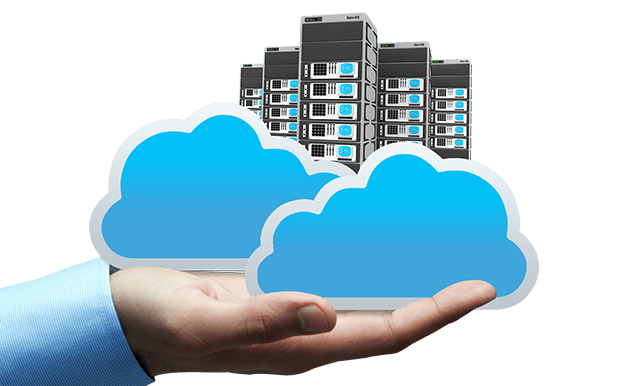
- Local Server Deployment
Self-operated server clusters store data on premises owned or rented by your own company. This means that manpower and material costs are higher, but you retain full autonomy and direct control, unlike cloud-hosting offered by a provider.
Are you looking to start on your own B2B eCommerce journey and want the latest insights and expertise? Contact TMO Group! We offer expert consultancy services as well as fully featured Magento 2 (known also as Adobe Commerce) B2B eCommerce development services, and can even help you globalize your B2B eCommerce website.


